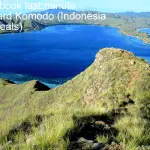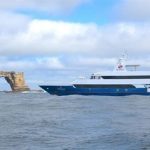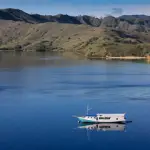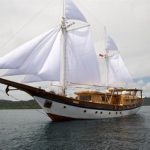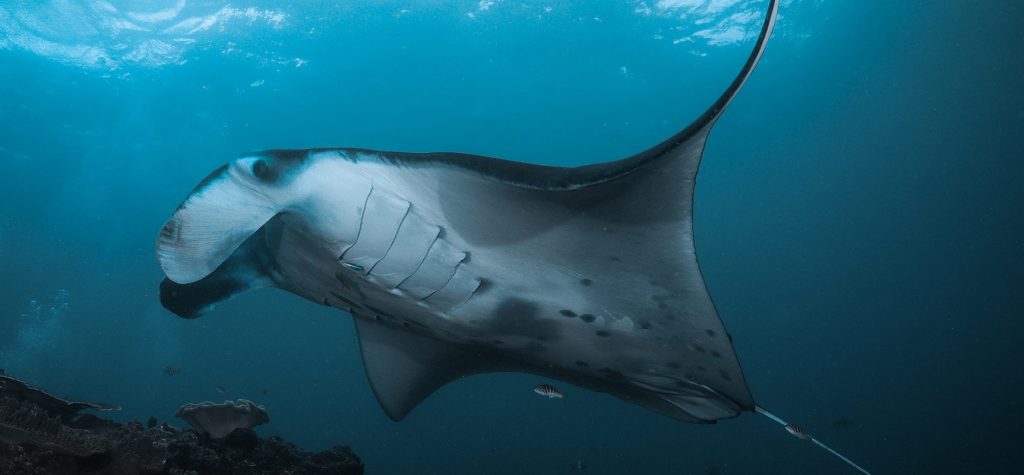
If you are planning a scuba diving trip to Komodo in Indonesia, you are probably wondering when is the best time of year to scuba dive Komodo.
April is the best time to scuba dive Komodo, as you get 30+m (100f) visibility, still good for mantas, a good time to dive north and central Komodo dive sites, calm seas, the start of dry season and a good time to see Komodo dragons. But for mantas, then January through March is the best time.
The best way to experience the scuba diving in Komodo is on a dive liveaboard. If you would like to dive Komodo on a liveaboard you can view these using the following window:
The following are summaries of what it’s like to scuba dive Komodo, but I also include what it’s like to dive Komodo in each month with pros and cons for each month of the year below too. But before that, take a look at this amazing footage of the Komodo experience both above and below water:
Scuba diving Komodo January through March
For the best visibility when scuba diving Komodo January and March are the best months to dive, which is also a good time to see manta rays on the southern dive sites of Komodo. However, this is the rainy season, but it is worth it for the 30+metre (100 feet) visibility swimming with mantas.
Scuba diving Komodo in April
Some argue that April is the best time to dive Komodo because the rainy season is over, there are less visitors in this month, you still see manta rays and the Komodo dragons are easier to see as they tend to come out more when it’s sunny and hot.
Scuba diving Komodo May through June
Scuba diving Komodo in May and June is good for divers who prefer calm seas and are prone to seasickness on a liveaboard. June is in the dry season when Komodo gets busier with tourists who flock to the area to see the Komodo dragons, but is a time when divers are less likely to see the manta rays.
Scuba diving Komodo July through August
Scuba diving Komodo in July and August is busy and dive sites within distance to resort divers get crowded, but it’s the dry season when conditions in central and northern dive sites are good with 30+m (100f) visibility. A good time for sunfish (mola mola) sightings but not good for Komodo dragons.
Scuba diving Komodo September through October
Scuba diving Komodo in September and October is when many tourists have left and dive sites are less crowded, with a chance to see sperm whales and mantas as they return in October. September and October are in the dry season and a time with less chance to see Komodo dragons as they are nesting.
Scuba diving Komodo January
Scuba diving Komodo in January means good visibility, a great time to see manta rays with less divers on dive sites, but January is in the wet season and visibility varies. January is best for Rinca Island (south of Komodo) when it opens up to liveaboards for macro diving and stunning topography.
- Pros of scuba diving Komodo in January: Good visibility; Manta rays; Less crowded dive sites.
- Cons of scuba diving Komodo in January: The wet monsoon season; Visibility varies; Water temperature varies; Not best for Komodo dragons.
Scuba diving Komodo February
Scuba diving Komodo in February means good visibility, a great time to see manta rays with less divers on dive sites, but February is the wettest month of the wet season. February is good for Rinca Island (south of Komodo) when it opens up to liveaboards for macro diving and stunning topography.
- Pros of scuba diving Komodo in February: Good visibility; Manta rays; Les crowded dive sites.
- Cons of scuba diving Komodo in February: The wet monsoon season; Visibility varies; Not best for Komodo dragons.
Scuba diving Komodo March
Scuba diving Komodo in March is still when there are less people and divers around and a good time to still see manta rays, but March is still in the wet Monsoon season when you may still see rain in the region. Visibility is good, but can vary, as can the water temperature too.
- Pros of scuba diving Komodo in March: Manta rays; Less crowded dive sites.
- Cons of scuba diving Komodo in March: End of monsoon wet season; visibility varies.
Scuba diving Komodo April
April is the start of the dry season and a good time to scuba dive north dive sites like Castle Rock and the Cauldron or central dive sites like Batu Bolong and Batu Tiga. April means calm seas with 30+m (100f) visibility and a good time to see mantas, but Komodo starts to get busier in April.
- Pros of scuba diving Komodo in April: Great 30+m (100f) visibility; Good for manta rays; Good for north Komodo dive sites; Good for central Komodo dive sites; Calm seas; Start of dry season; Good time to see Komodo dragons.
- Cons of scuba diving Komodo in March: Starts to get busy; Starting to get busy.
Scuba diving Komodo May
Scuba diving Komodo in May is in the dry season when the water temperature is rising and there’s good visibility, but there are less manta ray sightings as their food supply starts to dwindle. The seas are calm in May and is a great time for enjoying vibrant corals and teaming marine life.
- Pros of scuba diving Komodo in May: Best for diving central and northern dive sites of Komodo; Dry season; Better time for Komodo dragons; Warmer seas; Great time to enjoy corals and vibrant marine life.
- Cons of scuba diving Komodo in May: Less chance to see manta rays; Busier with tourists.
Scuba diving Komodo June
Scuba diving Komodo in June is a good time to dive central and northern dives sites with 30+m (100+f) visibility and water temperatures of 29-30°C (84.2-86°F), but it’s when Komodo gets busy and dive sites get crowded and is Komodo dragon mating season, which makes them more difficult to spot.
- Pros of scuba diving Komodo in June: 30+m (100f) visibility; 29-30°C water temperature; Great time for central and norther dive sites.
- Cons of scuba diving Komodo in June: Less chance to see manta rays; Crowded dive sites; Komodo dragons are mating so more difficult to spot.
Scuba diving Komodo July
Scuba diving Komodo in July is a good time to dive central and northern dives sites with 30+m (100+f) visibility and water temperatures of 29-30°C (84.2-86°F). But July is when Komodo is busy and dive sites are crowded and is Komodo dragon mating season, which makes them more difficult to spot.
- Pros of scuba diving Komodo in July: 30+m (100f) visibility; 29-30°C water temperature; Great time for central and northern dive sites.
- Cons of scuba diving Komodo in July: Less chance to see manta rays; Crowded dive sites; Komodo dragons are mating so more difficult to spot.
Scuba diving Komodo August
Scuba diving Komodo in August offers great dive conditions for central and northern dive sites in the dry season, but dive sites can get crowded, especially those within distance of resort divers and at the peak times of dayboat divers. But August is a good time to sea sunfish (mola mola).
- Pros of scuba diving Komodo in August: Great time for central and northern dive sites (outside of peak times for resort divers); Dry season; 30+m (100f) visibility; 29-30°C water temperature; Good time for sunfish (mola mola).
- Cons of scuba diving Komodo in August: Very busy and dive sites are crowded; Not many manta rays.
Scuba diving Komodo September
Scuba diving Komodo in September is one of the best times for central and northern dive sites when the crowds have left and you’re still diving in the dry season and you may see sperm whales. September is the start of nesting season for Komodo dragons, which means there are fewer dragons to see.
- Pros of scuba diving Komodo in September: Crowds have gone so dive sites are less busy; Great for central and northern dive sites; Dry season; Chance to see sperm whales.
- Cons of scuba diving Komodo in September: Not many manta rays; Komodo dragons nesting so fewer to see.
Scuba diving Komodo October
Scuba diving Komodo in October means a good chance to see mantas as they start their return, dive sites are less crowded, the seas are calm and you may see sperm whales. October is the end of the dry season, but is still nesting season for Komodo dragons, which means there are fewer dragons to see.
- Pros of scuba diving Komodo in October: Manta rays return; Less crowded dive sites; Dry season; Chance to see sperm whales.
- Cons of scuba diving Komodo In October: Mantas are only just starting to return so not as many around; Komodo dragons nesting so fewer to see.
Scuba diving Komodo November
November is the hottest month to scuba dive Komodo and is the start of the wet season, but manta rays are returning so there’s a good chance to see these. November is a good time to start exploring the south dive sites of Komodo too, as the whole National Park opens.
- Pros of scuba diving Komodo in November: Whole Komodo National Park opens; More manta rays return.
- Cons of scuba diving Komodo in November: Hottest month; Start of Wet season.
Scuba diving Komodo December
Scuba diving Komodo in December is when the southern dive sites are open and is good for mantas, with good water temperatures and better visibility, but exposed north dive sites have rough seas. Diving at the beginning of December is also less crowded too and is a good time to see Komodo dragons.
- Pros of scuba diving Komodo in December: Warmer seas; Visibility increasing; Good chance to see manta rays; Less crowded in first 2 weeks of December; Good time for Komodo dragons.
- Cons of scuba diving Komodo in December: Rainy monsoon season; Exposed northern dive sites likely to have rough seas.
Table of Komodo National Park liveaboards
This list of Komodo liveaboards is in descending customer rating order, so the liveaboards with the highest customer rating will be at the top of the list. To filter this table for the features that are important for your Komodo National Park liveaboard trip, select from the list of filters below.
| Discover Liveaboard | Customer Reviews | Price Per Day | |
|---|---|---|---|
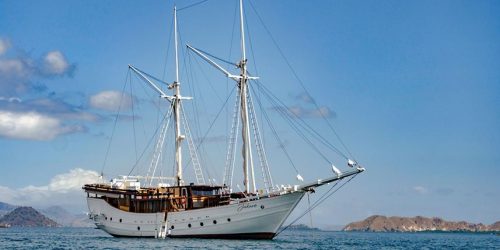 |
Review: Jakaré; Book: Jakaré | 10 Exceptional | from £255; $311; €291 |
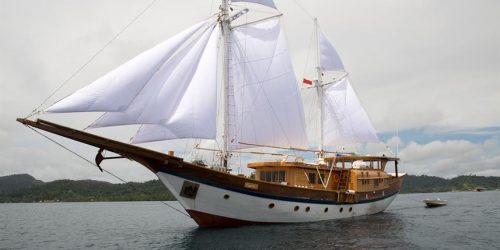 |
Review: Leyla; Book: Leyla | 10 Exceptional | from £267; $326; €304 |
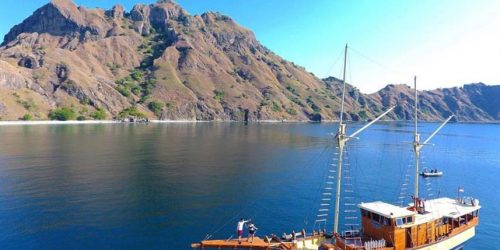 |
Review: Cahaya Bersama; Book: Cahaya Bersama | 10 Exceptional | from £197; $240; €225 |
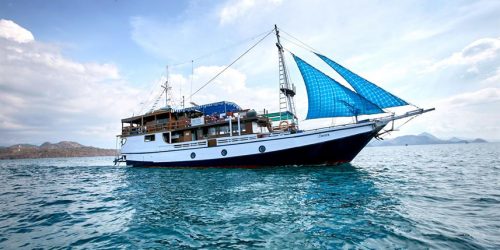 |
Review: MV Tarata; Book: MV Tarata | 10 Exceptional | from £166; $203; €189 |
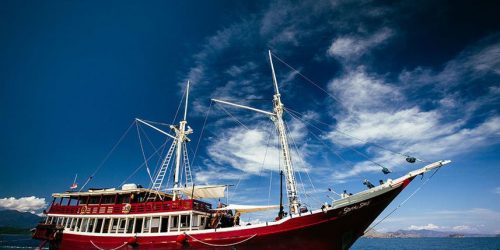 |
Review: Seven Seas; Book: Seven Seas | 10 Exceptional | from £378; $461; €431 |
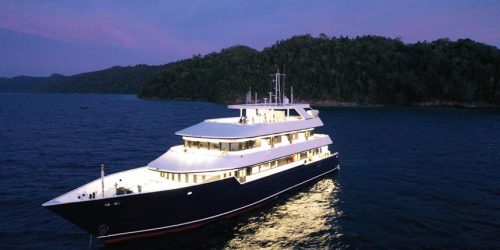 |
Review: MV Seaisee; Book: MV Seaisee | 10 Exceptional | from £281; $343; €320 |
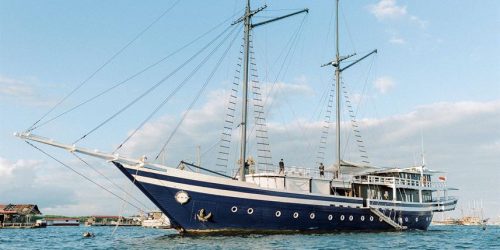 |
Review: Scubaspa Zen; Book: Scubaspa Zen | 10 Exceptional | from £450; $549; €513 |
Note: The above “Price Per Day” was correct at the time of producing this article, as was the exchange rate used to convert the GBP cost to US Dollars and Euros. For an up-to-date cost for your chosen liveaboard, please visit the “Book” link above.
I hope you enjoyed this article about what is the best time of year to scuba dive Komodo?
I’d love to hear from you. Tell us about your adventures of diving and snorkeling, in the comments below. Please also share your photos. Either from your underwater cameras or videos from your waterproof Gopro’s!
If this article hasn’t answered all of your questions. If you have more questions either about snorkeling or scuba diving (or specifically about what is the best time of year to scuba dive Komodo), please comment below with your questions.
There will also be many more articles about scuba diving (and snorkeling) for you to read and learn about these fabulous sports.
Have fun and be safe!

